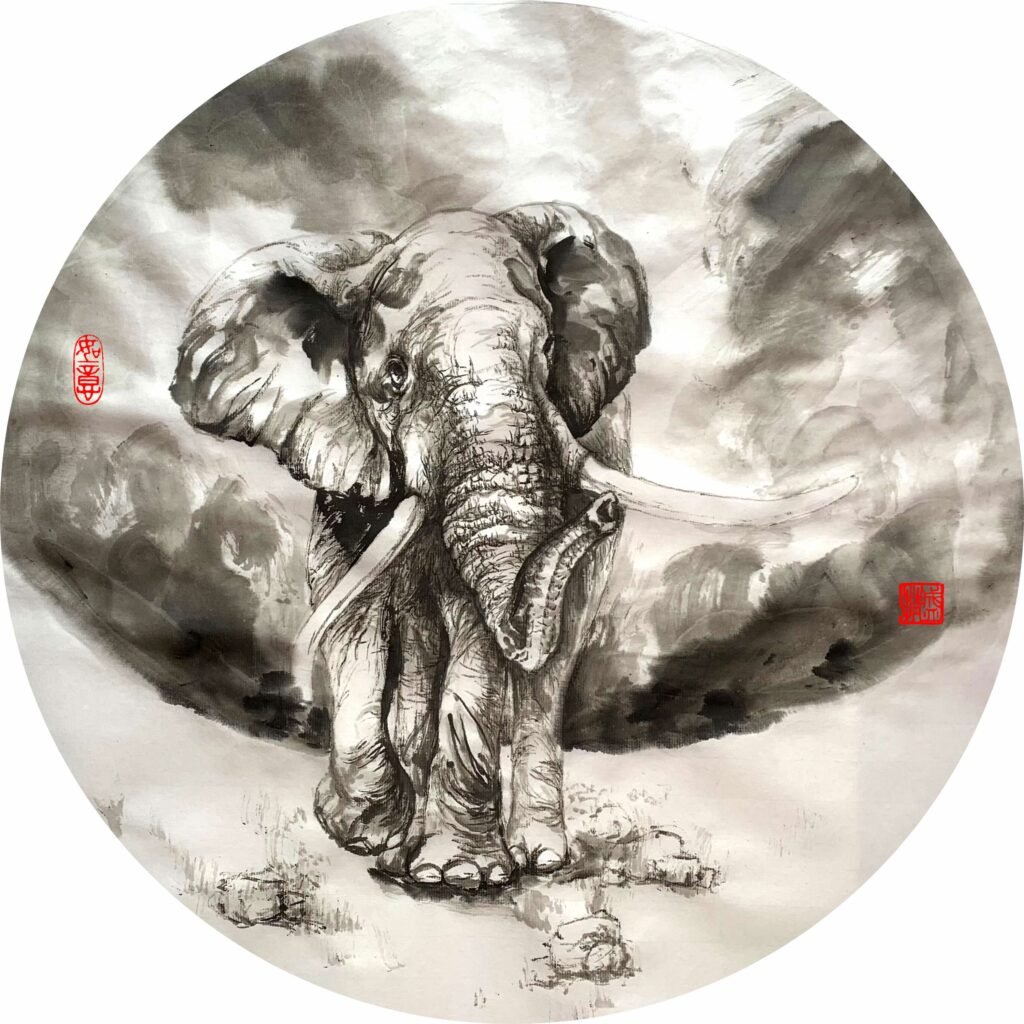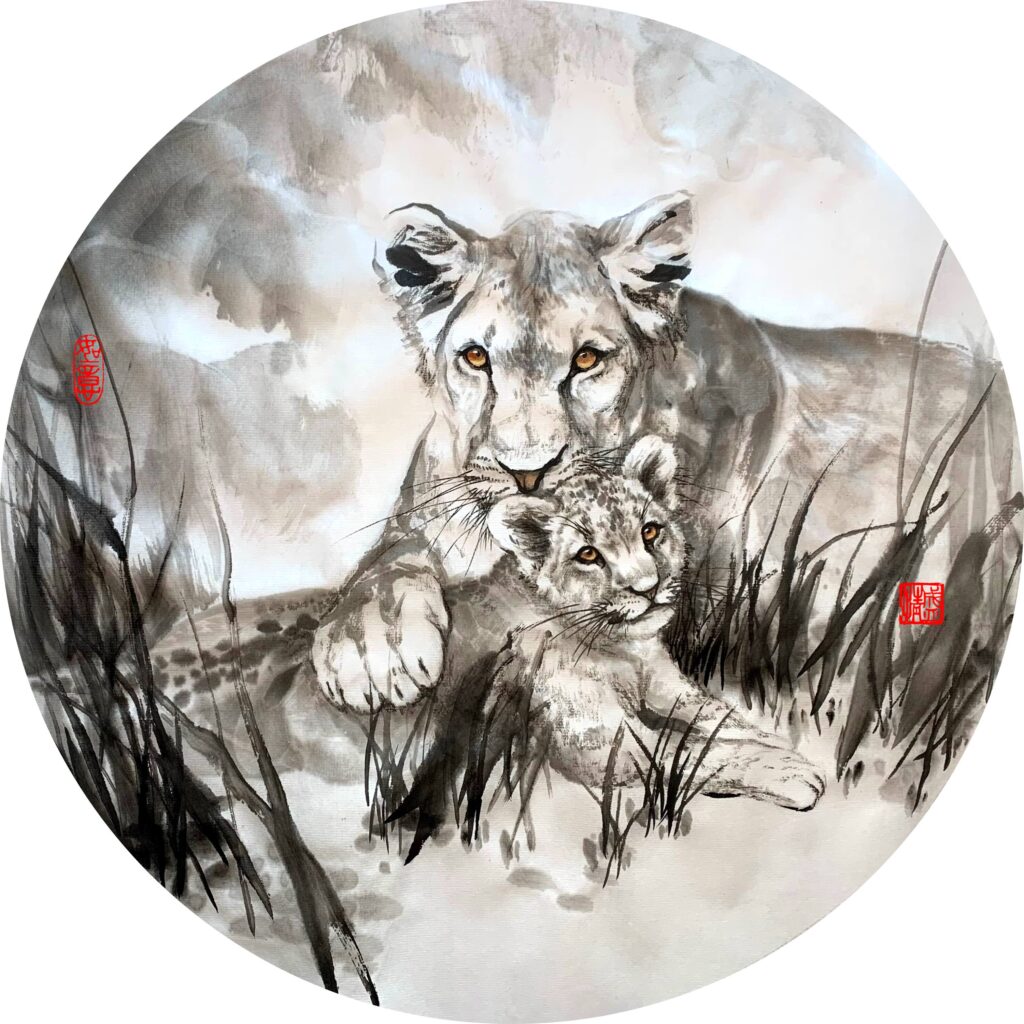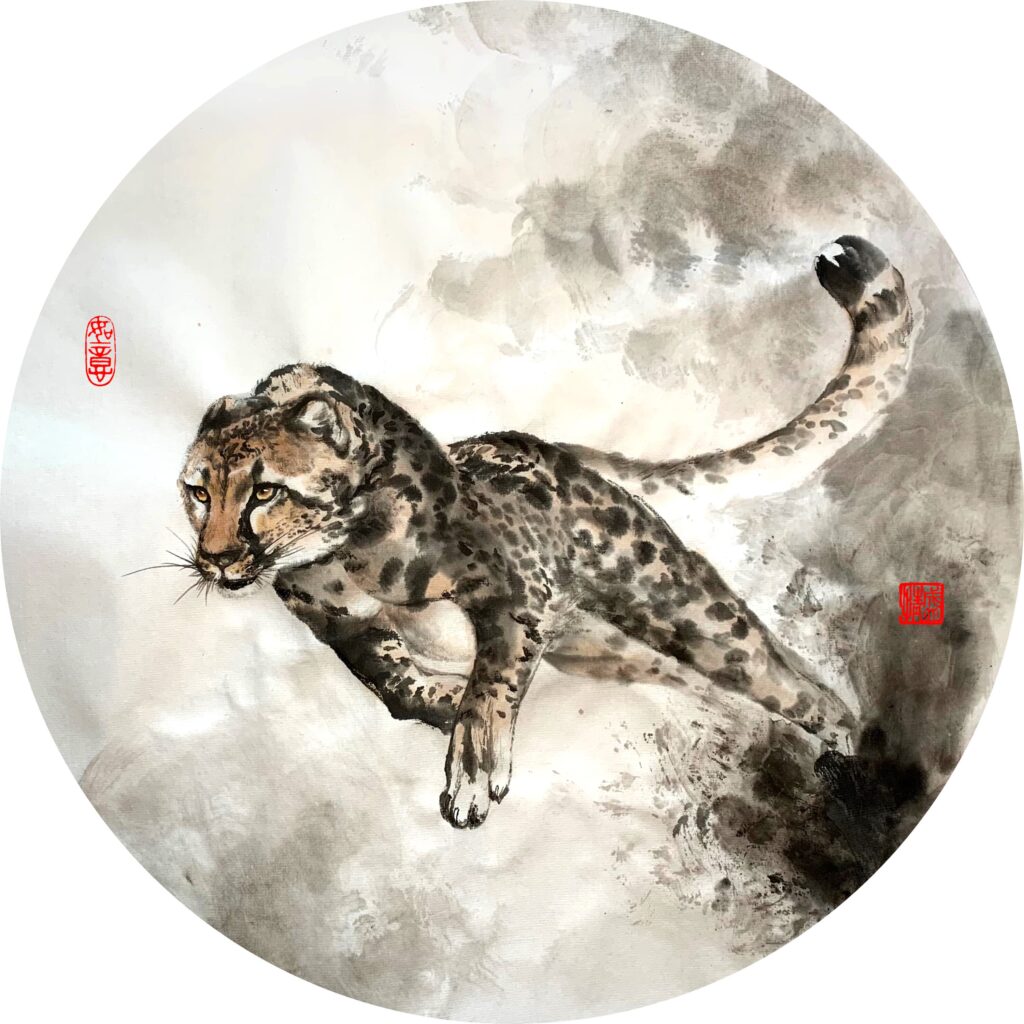Sealing requires rather strict rules, a good piece of artwork needs to be paired with courteous and proper sealing. There are many rules about the various places where the seals are allowed to appear, these seals have their corresponding names, and even their shapes. Today let us start with the categories of seals and then take a look at some of these rules!

Shapes
There are square seals, round seals, rectangular seals, and irregularly-shaped seals.
Square Seals
Amongst the square seals there are name seals, family seals, seals bearing the name of the studio/study, leisure seals, appreciation seals, etc. Generally speaking, the seals representing a family, a location such as a study or used for appreciation and collection are large and rather formal. The square seals are in fact the most formal, which is why almost all official seals are square. The name seal in the older days included the “extended names” as well, ranging from surname, first name, to courtesy name, pseudonym and even nickname. Some people have even more names such as posthumous title and alias. This has everything to do with the naming system of the older days, making it a lot more complicated than what we have now – let us talk about this in a separate post.
Rectangular Seals
Rectangular seals often include leisure seals that appear at the “beginning” of an artwork. For calligraphy this is more obvious, because the beginning of an article is at the top right side of the paper. We give such seals the function of leading the way for our viewers, introducing this artwork to them, and such seals rarely contain images. On the right side of these seals there will be no more writings. Sometimes the rectangular seals can also be appreciation seals, used by critics and collectors. The three rectangular seals in the painting below are all appreciation seals.
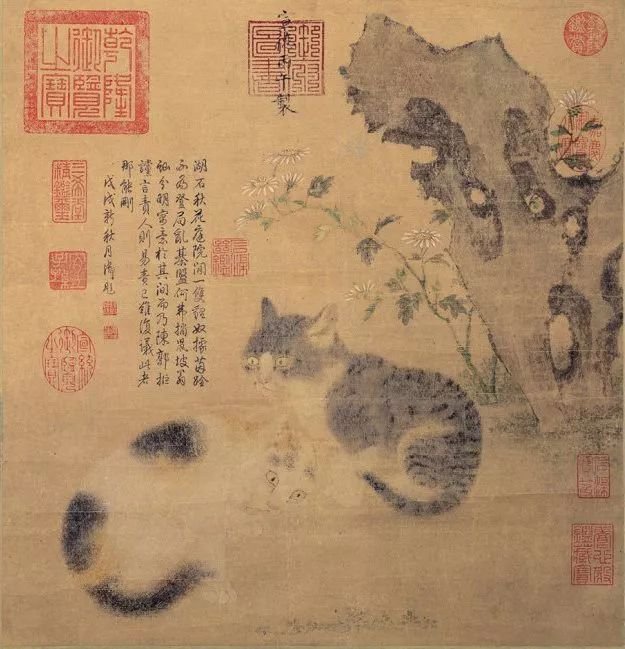
Round Seals
Chinese use round seals for appreciation seals a lot, whereas the Japanese use them for name seals mostly. The top right corner of the painting above has a round appreciation seal in fact. The round seals can also have images, and are used as regular leisure seals.
Irregular Seals
Oval is the most often seen irregular shape of a seal. These seals can serve the function of leading the viewer at the start of an artwork, as the rectangular seals do. The other irregular shaped seals are mostly leisure seals that can appear in the middle of an artwork.

Position
Leading Seals
We have already mentioned that both rectangular seals and the oval seals could lead the way in a piece of artwork, which can be seen in the painting below, on the very top section. This section was added to the original artwork during the mounting, so that the writings of a later Emperor could appear in this artwork. The top right seal serves to lead the way.
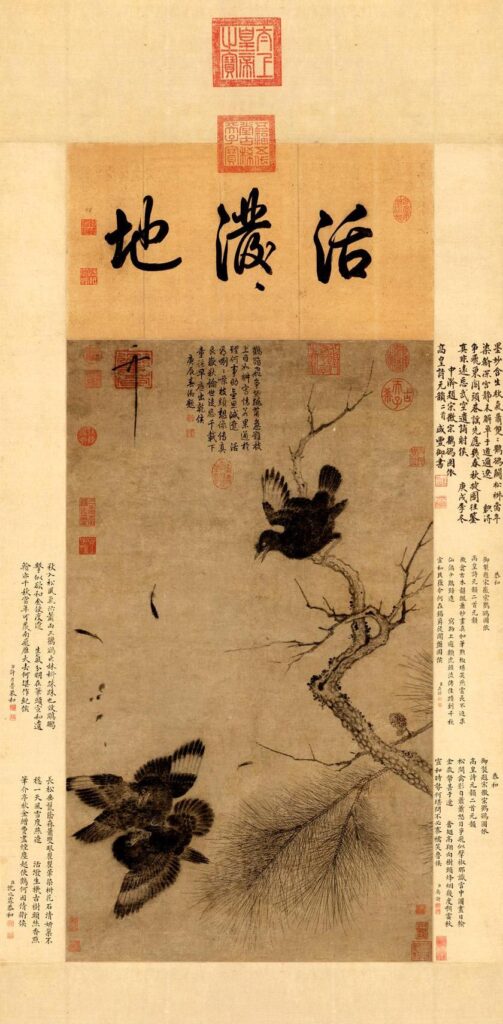
Middle Seals
At the “waist” of the an artwork, so somewhere in the middle of a long vertical piece, there can also be seals, so that the weight of the artwork is more evenly distributed. Such seals can be any leisure seal.
Corner Seals
The corner seals most often appear at the bottom corner of an artwork, either left or right. These seals are usually square – rectangular, oval or any irregular shapes are not supposed to appear here. These seals are used to hold together the artwork, and therefore they have to be strong, square, and usually compatible in size to the name seal above.
Therefore, in the previous post the question about which seals may have been the original seals from the artwork above, the answer should be much clearer! The top left side overlapping with the name of the artist is the name seal (an emperor remember, the name seal is rather large), and most likely the only other original seal is on the bottom right corner, the square one which is the corner seal. The small writings in the middle on top did not belong in this piece of painting, because it disturbed the flow of the composition, and therefore any seals involved there must have been new. The other round seals and the very large square seals are all appreciation seals. Did you get it right?
In the coming post we will talk about the “do”s and “do not”s in sealing, so stay tuned!
Enjoy such cultural discussions? Have comments? I look forward to hearing from you!
Related Products From Our Shop
-
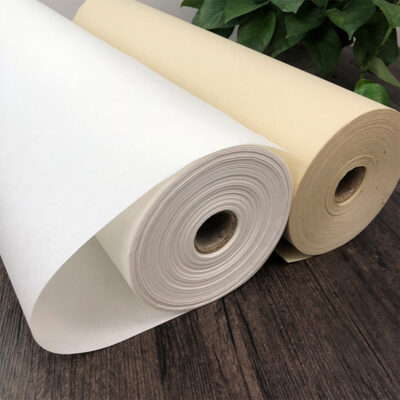 100m Rice Paper Roll
100m Rice Paper Roll -
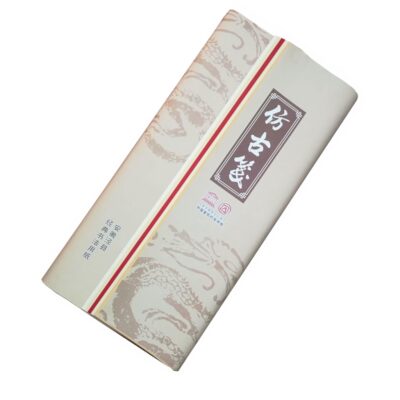 5 Colored Rice Paper Pack
5 Colored Rice Paper Pack -
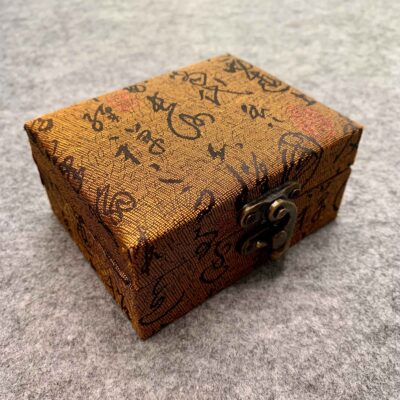 Brocade Box for Seals
Brocade Box for Seals -
 Cloud Dragon High Fiber Rice Paper
Cloud Dragon High Fiber Rice Paper -
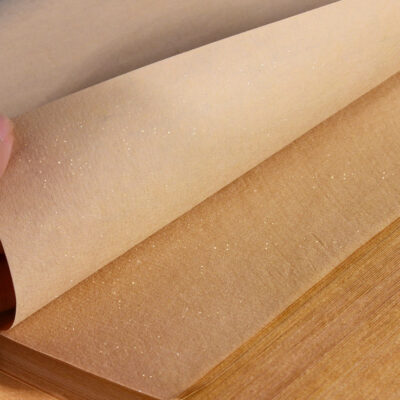 Colored Ripe Rice Paper with Pearly Sparkles
Colored Ripe Rice Paper with Pearly Sparkles -
 Hand-Carved Customise Seal, Name Seal
Hand-Carved Customise Seal, Name Seal -
 Hand-Carved Seal, Leisure Seal
Hand-Carved Seal, Leisure Seal -
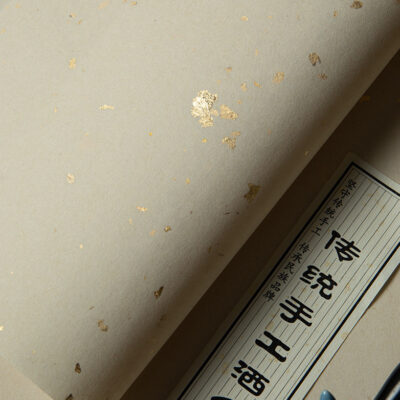 Light Brown Rice Paper with Golden Sparkles
Light Brown Rice Paper with Golden Sparkles -
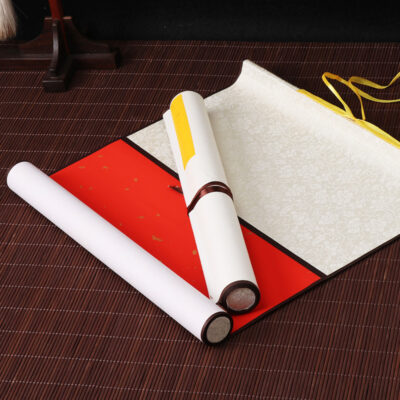 Pre-Mounted Rice Paper Scroll
Pre-Mounted Rice Paper Scroll -
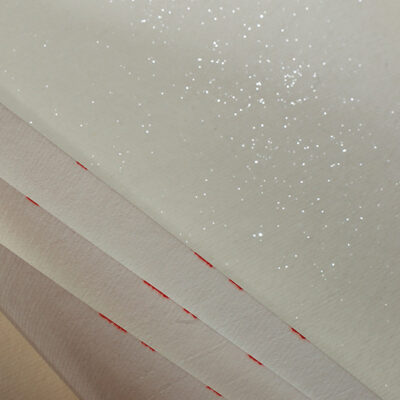 Premium Ripe Rice Paper
Premium Ripe Rice Paper
Buy Artworks | Learn Brush Painting | Learn Chinese Calligraphy
